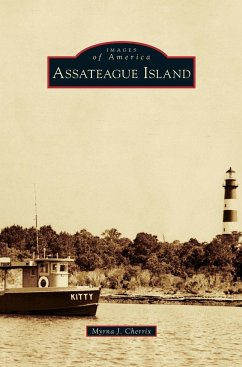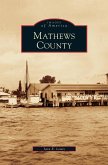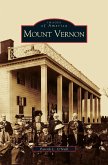Produktdetails
- Verlag: Arcadia Publishing Library Editions
- Seitenzahl: 130
- Erscheinungstermin: 12. September 2011
- Englisch
- Abmessung: 250mm x 175mm x 12mm
- Gewicht: 417g
- ISBN-13: 9781531658892
- ISBN-10: 153165889X
- Artikelnr.: 44946709
Hinweis: Dieser Artikel kann nur an eine deutsche Lieferadresse ausgeliefert werden.
- Herstellerkennzeichnung
- Libri GmbH
- Europaallee 1
- 36244 Bad Hersfeld
- gpsr@libri.de








